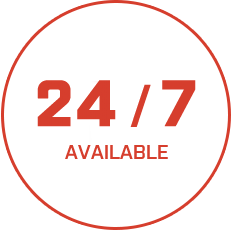Impact of translation technologies on the process and product of translation
Technological advances have led to unprecedented changes in translation as a means of interlingual communication.
Software manufacturers, based on the demands of the global market, are tailoring their translation software to meet the needs of larger volumes of translations, quick turnaround times, cost-effectiveness and shareability.
As developers realized the limitation of machine translation. Developers shifted their focus from replacing human beings to augmenting them. Human translators discern and translate meaning, while computers do what they do best: compare, store, and retrieve data.
CAT tools (Computer-Assisted Translation) has been raised, which maybe just what you need to take your translation work to the next level.
There are a range of different tools that fall under the broad definition of a CAT tools.
electronic dictionaries, and project management.
Here are some of CAT tools benefits:
- Efficient and faster review with less errors.
- Improve analysis and management through counting words, segments and units, analyze text, compare portions of new and pre-translated material, etc.
- Fast turnaround of high volumes of material, with rigorous consistency of terminology and style.
- Increase production through a tool pre-translating from a reasonably-stocked translation memory.
- Better pre-translation through propagating the choices. So no need for re-type or cut-and-paste.
- Standardization of glossaries and individual translators to use terms consistently with less effort.




